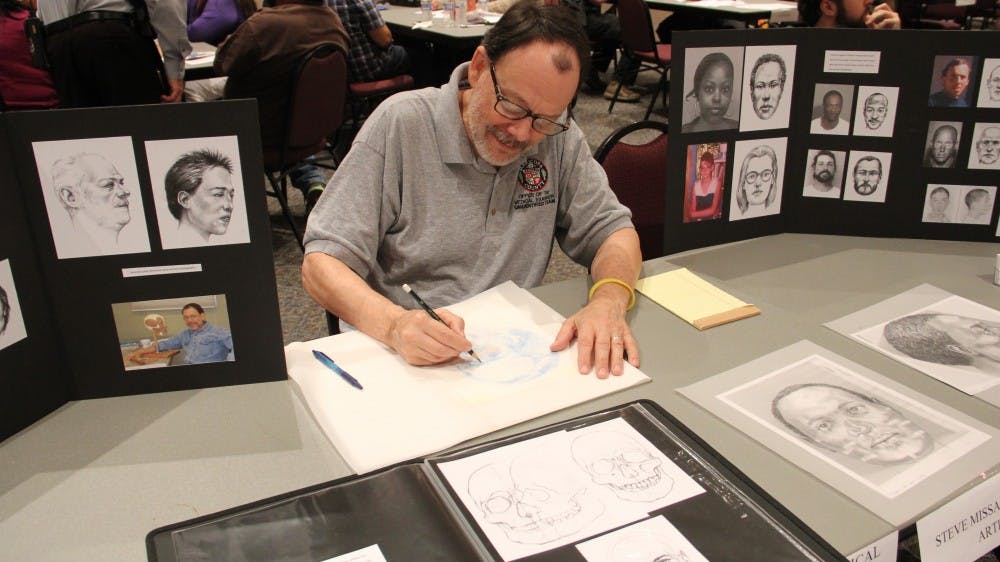Denise Abdelnour’s sister, Rochelle, went missing on July 13, 1986 in Phoenix, where she was visiting friends. Rochelle was supposed to return to San Diego, California the following Sunday, but no one heard from her.
The last place she was seen was at a bus stop in Phoenix where she was dropped off.
“It’s very difficult to deal with someone that’s gone missing. You can’t bury them," Abdelnour said. "They are always in your heart and always in your head. You can put them in a little drawer and put it away so that you can function in every day life but eventually it has to show itself and you have to grieve in little pieces.”
Saturday marked the inaugural Missing in Arizona Day, an event dedicated to helping the community report new missing persons cases, uncover new information and provide general information to the public.
The event started last year with its Missing in Michigan Day, and Phoenix followed suit after seeing the success of the event. A total of five similar events have now been held across the country.
Missing in Arizona Day was a collaborative effort between law enforcement and the ASU School of Criminology.
“Missing in Arizona Day is an opportunity for us to reach out to the community, to take in new cases for missing loved ones that for some reason we are not aware of, and to improve the quality of the cases that are out there,” Phoenix Police Department Detective William Andersen said. “We have missing person reports taken by law enforcement and we also have identified human remains that are addressed by examiners. We have to be able to connect those two up.”
Along with making the connection between missing loved ones and cold cases, another purpose of the event was to advance knowledge on unidentified human remains cases.
“There are a growing number of unidentified human remains in this state. That has to be explained,” Andersen said. “Every one of them is very clearly a missing person but somehow there’s that disconnect.” The number for Arizona unidentified human remains cases currently hovers around 1,300.
There are currently between 2,000 and 6,000 cold cases in Arizona, Robbin Day Brooks, director of criminology and criminal justice interns at ASU, said.
“We have a lot of evidence that still hasn’t been identified,” Brooks said.
Julie Eppers, an intern with the event and a grad student at ASU, said that halfway through the event, around 25 families had filed reports with either new or updated information on missing loved ones.
Support groups were also available for grieving families, as well as 20 booths with different law enforcement groups, help groups, and medical examiner groups. A candlelight vigil was held later that day for the families with missing loved ones.
“This event is extremely important,” Abdelnour said. “There’s been a lot of progress that’s been made since (1986) and a lot of awareness that’s risen out of all the missing persons cases not only in Arizona but in this country.”
Reach the reporter at Chloe.Nordquist@asu.edu or follow @ChloeNordquist on Twitter.
Like The State Press on Facebook and follow @statepress on Twitter.




